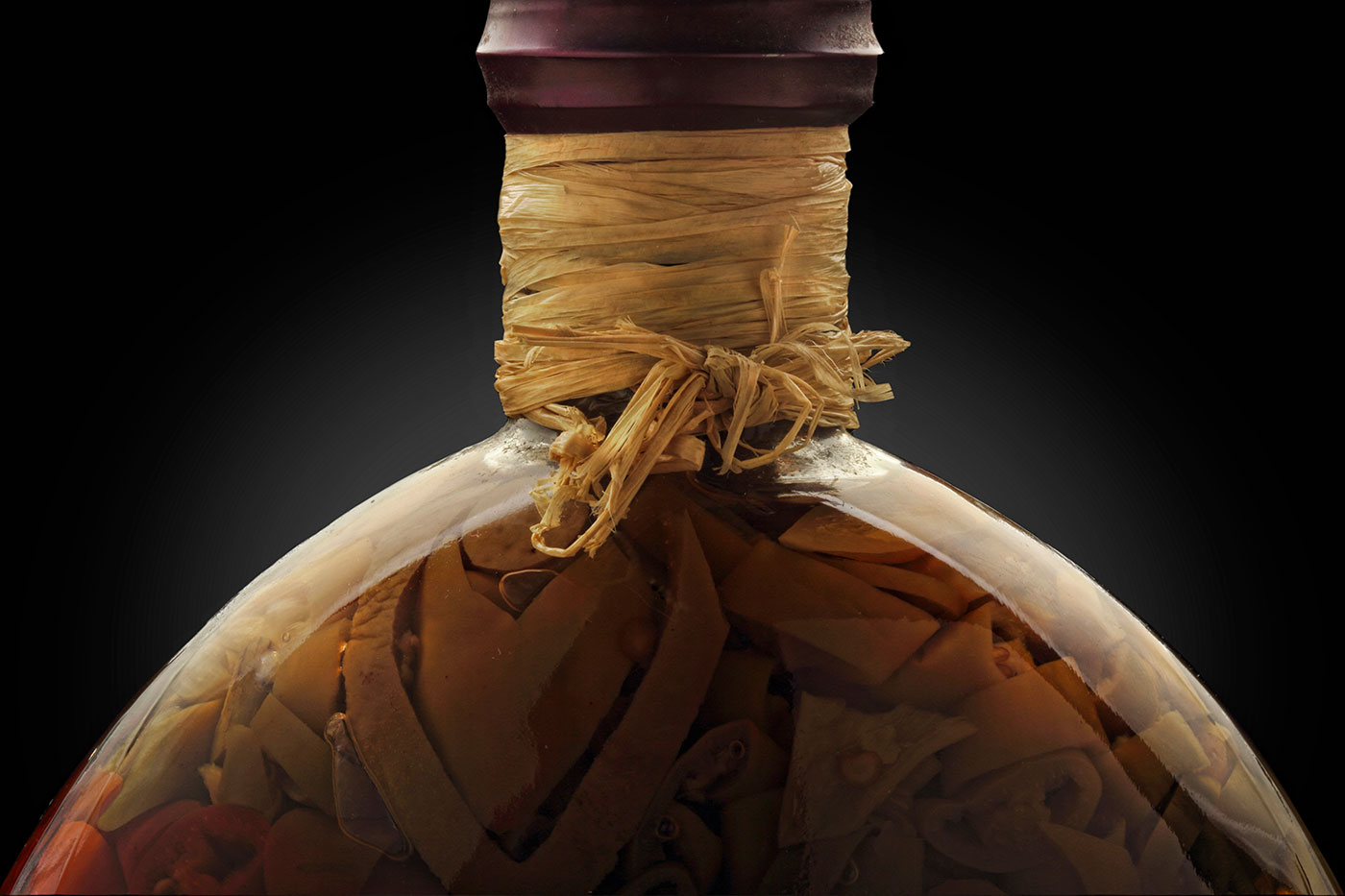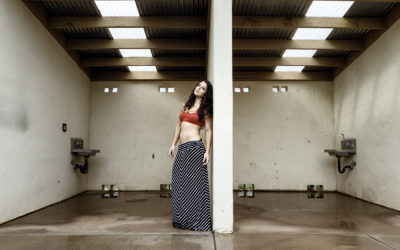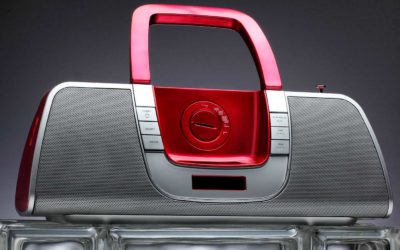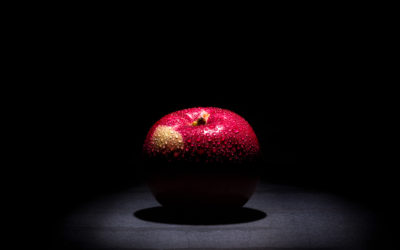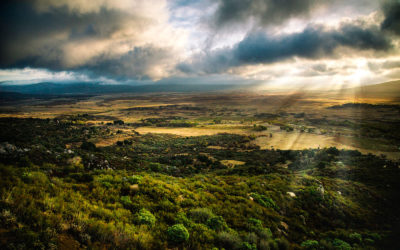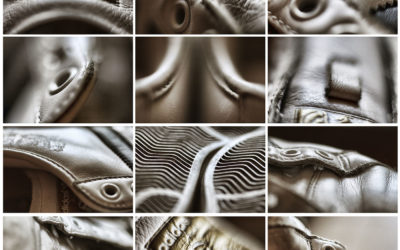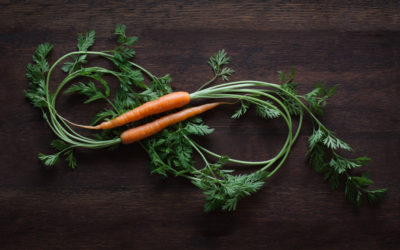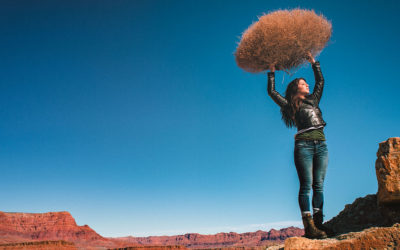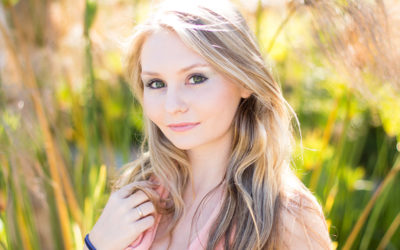Shiny or Glossy surfaces:
The third of our major surface efficiencies is glossy or very shiny surfaces.
The complete opposite of the textured surface, the glossy surface will record the reflection of the light source absolutely. That means we have to be very careful with our light sources… they will be shown in the object.
Umbrellas may be seen in their totality, the studio can be reflected into the camera, busy, confusing surroundings will find their way to our lens via the absolute reflectance of the subjects extremely efficient surface.
Of all the surfaces, shiny will be the most challenging. There is no room for even a bit of sloppiness in lighting angle or source choice. We will actually see the light in the reflection so it is part of our subject.
Where light was used to render subjects with texture and matte, it is itself part of the image when the surface is shiny, or very efficient.
(I am often asked how to light a car. The first thing I say is that you shouldn’t light the car, light what the car is going to reflect… because that IS the lighting on the car. The absolute efficiency of the paint is going to reflect whatever the photographer has put at the angle of incidence in order to present it to the lens.)
Example of a car shot:
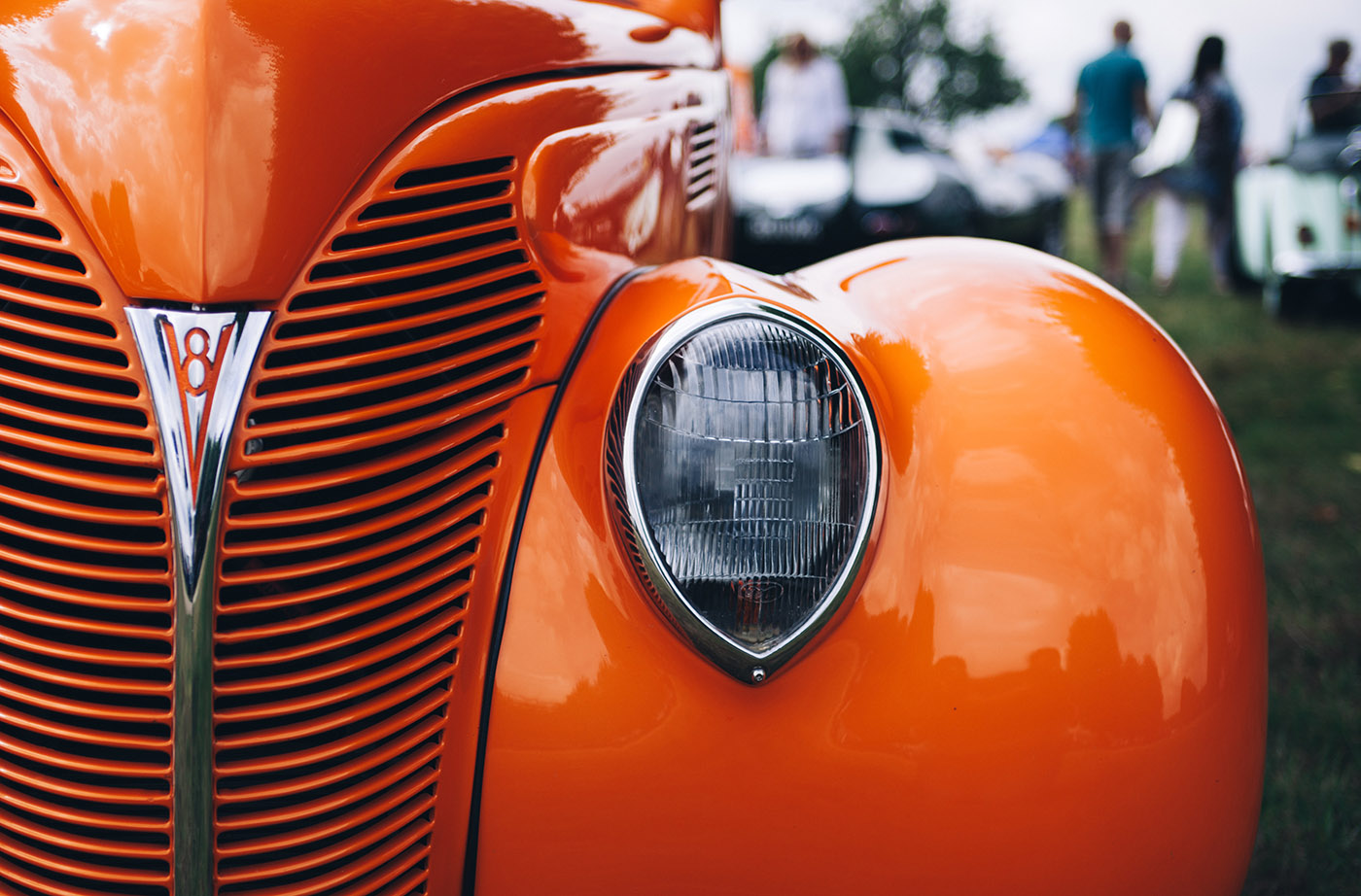
In the shot above you can see the reflection of the trees and buildings behind the photographer. The absolute efficiency (gloss) of the paint reflects what it sees (angle of incidence = angle of reflection) and we can see clouds, threes and more in the paint. If we wanted the paint to be more controlled we would have to control what it ‘sees’. And then reflects.
Motorcycle in the sun.
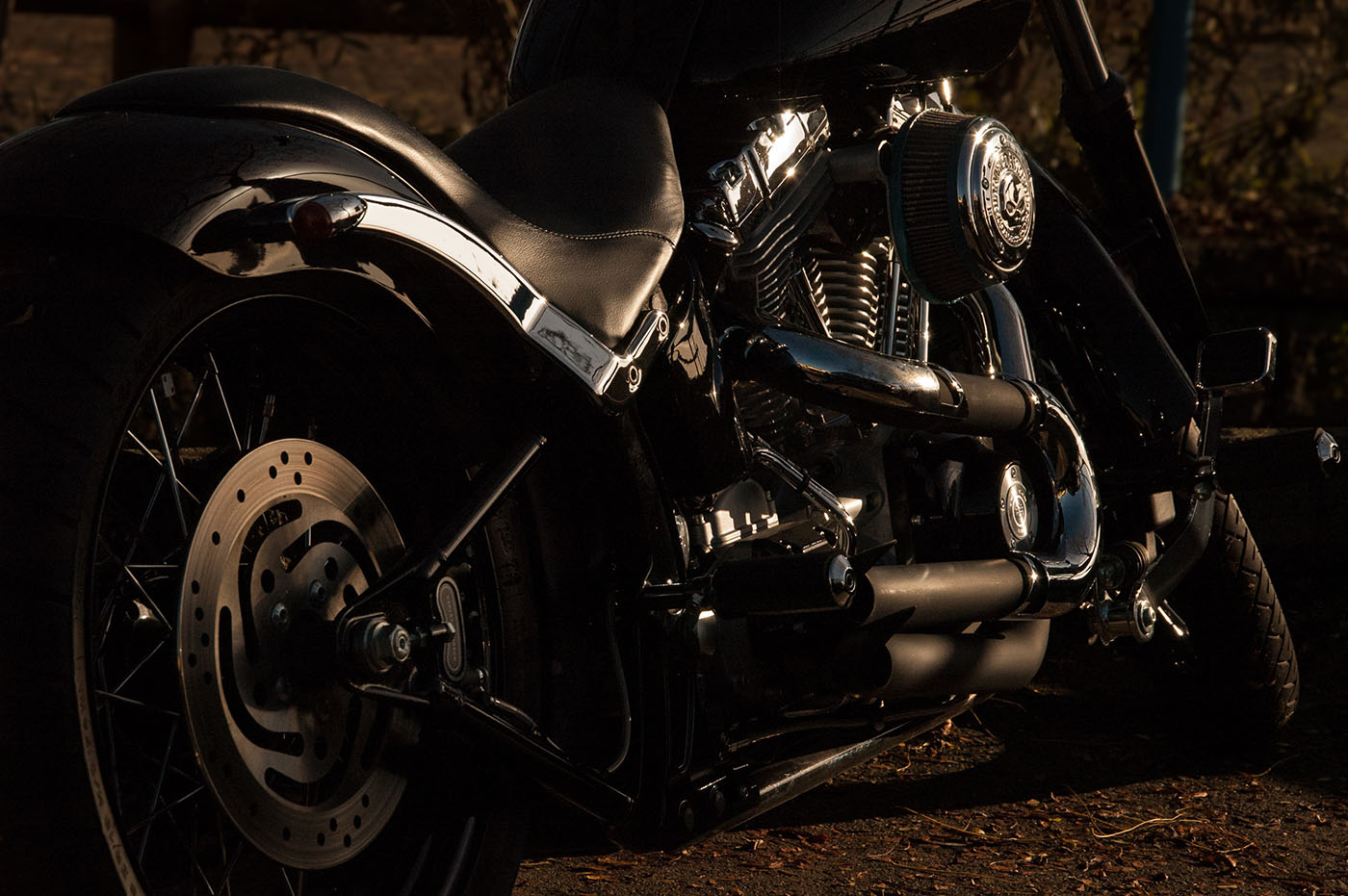
The motorcycle above shows different efficiencies on the surfaces. The sun, a very small light source, provides a diffuse light on the textured leather seat and the brushed metal braking pad in the back. It also provides a somewhat diffused presentation from the black parts of the chrome pipes. But where it is striking the chrome, it is either an absolute specular or there is no reflected light at all. The chrome areas are reflecting what they see, and in most cases, they are seeing a dark void. You can see the street and surrounding area in the curved pipe in the middle of the photograph. Want ‘chrome’ pipes? Put white cards where they will be reflected back to the camera.
Glossy and shiny items are everywhere in our lives. From iPads and computers to glassware and furniture. We must learn the difference between lighting for texture and matte, and lighting for glossy. While both are photographic lighting, they have very different results if approached the same way.
I approach shooting something shiny differently than shooting texture or matte. The reason? Texture and matte will not show my light sources and shiny will – absolutely.
One place that shiny surface exist in an otherwise matte area are eyes. Eyes are quite efficient because they are a glossy surface with moisture. Can’t get more efficient than that.
Eyes absolutely reflect the source of the light. If you are shooting with a big umbrella, it will be seen in the eyes. If the choice is a softbox, it will be seen as a square highlight in the eyes. A photographer can even simulate ‘window’ light by putting black tape in a grid pattern across the softbox diffusion panel, and the eyes will render it as ‘window panes’… pretty cool, eh?
And it is a challenge too. Eyes reveal what the light source is, where it is, and how many lights were used. We can see reflectors and occasionally ourselves, in the reflections from the eyes.
Example of eyes;
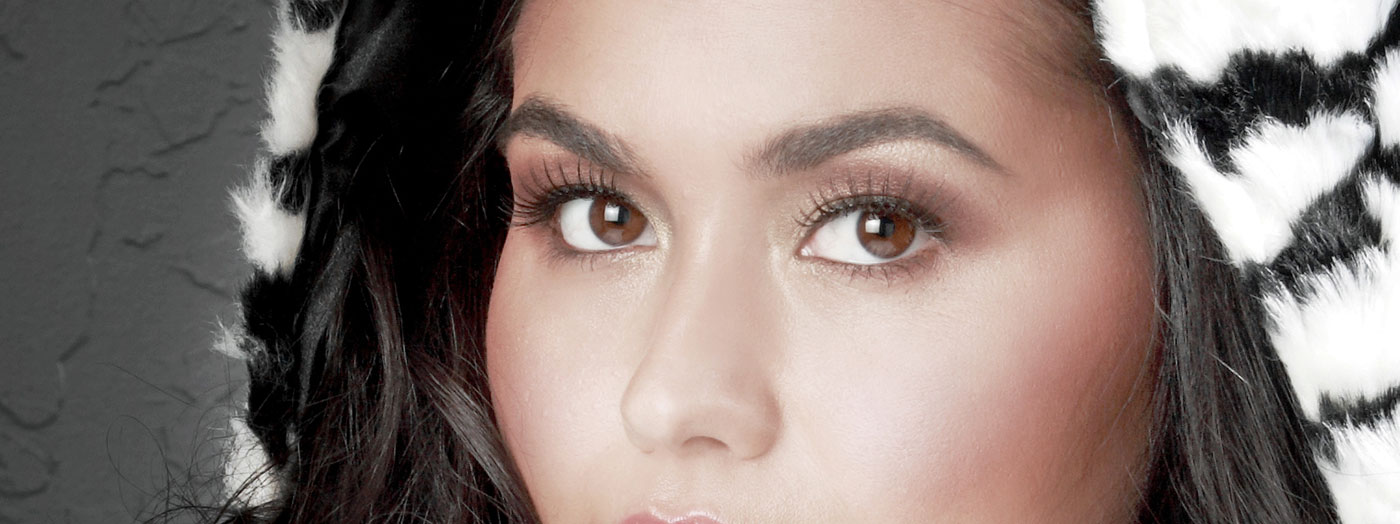
As you can see, the eyes are so glossy they reflect the square softbox used for the main light. Look closely and you will see the white card in front of her providing the ‘beauty fill’ to the underside of chin, nose, and eyes. Surrounding the super efficient eyes is a more matte surface that allows the light to be diffused in presentation.
Another area on a face that can become efficient is the lips. We can add lipstick or lip gloss to enhance the surface efficiency of that area. After adding shiny lipstick, the lips will begin to reflect the light source absolutely, but because the area is small, and still has texture, the source is not revealed absolutely as it is with the eyes.
Shiny, efficient surfaces, like glassware and computers, become a challenge because of the rounded edges and absolute reflections of the surroundings.
Controlling the area around the shiny subject can be as important as the lighting itself. I have large black pieces of cloth that I regularly hang to make sure that the studio itself is not registering as a reflection in some of the glossy objects I shoot.
When shooting subjects with high surface efficiency, control is the word of the day; Control of the surroundings, control of the light, and control of the reflection. Other than all those control issues, shooting shiny stuff is a piece of cake.
Just put the light at the angle that puts it where you want to see it reflecting from the subject. Done.
Done.
Well, yeah, there is a little more to it than that.
And we are going to go into depth with all the controls we can use as we progress through the course.
ASSIGNMENT
- Find glossy items and photograph them in the natural world, and then surround them with white cards in such a way they reflect those cards back to you.
- Explore ways to show how glossy something is by using the light source reflecting in it.
- Photograph cars or motorcycles with interesting reflections.
01: Lighting Class: Light Principle One: The Size of the Light Source
Let's look at light and the four principles of how light works. First up, the size of the light source in relation to the size of the subject. Imagine looking out the window at the front yard and without seeing the sky knowing whether it is sunny or cloudy. We do...
04: Lighting Principle Four: Angle of the Light Source to Subject / Camera
Lighting Principle Number Four: The Angle of the Light to the Subject and the Camera Law of Physics: Angle of Incidence equals the Angle of Reflection. This is an axiom that a lot of people hear and repeat without taking careful note of what it means to their...
08: Controlling The “Presentation of Light”
Subject Centric Lighting: The Five Areas of Light Presentation Cover image by Project 52 student, Gabriel Alvarez. When the lighting choices we have made are used, the light is 'presented' back to the camera in expected, and controlled ways. There are five parts of...
02: Lighting Class: Light Principle Two: The Distance of the Light Source
DISTANCE OF THE LIGHT SOURCE FROM THE SUBJECT The second principle of light is the distance of the light source from the subject. One thing for sure, if it is artificial light, the distance of the light source from the subject can change the size relationship, but...
05: Subject Properties: Part One
EVERYTHING REFLECTS. Let me say that again. Everything reflects. Some things reflect more than others. Some surfaces are more reflective than others. But since everything reflects, we are sometimes presenting what that subject reflects rather than ‘bouncing’ light...
Arc of Beauty: Side to Back Lighting
Have You Considered the "Arc of Beauty" in your lighting? (Image by Tracy Sutherland) We are going to take a high-level view of lighting today and discuss what I call the "Arc of Beauty". And while no lighting scheme is going to be directly discussed, what we are to...
03: Lighting Class: Lighting Principle Three: The Color of Light
LIGHTING PRINCIPLE THREE: THE COLOR OF LIGHT We see light usually as a white source, or at least a neutral source. It isn't. neutral, it has a color to it and that color can influence all the parts of your image, from shadows to highlights. We don't see the color of...
06: Subject Properties: Part Two
Matte Surfaces These are surfaces that are not as rough as texture, but not smooth either. Skin, cloth, natural leather, finished woods and many food items are examples. Most of what we deal with in our daily lives would fall under the Matte surface example. Matte...

